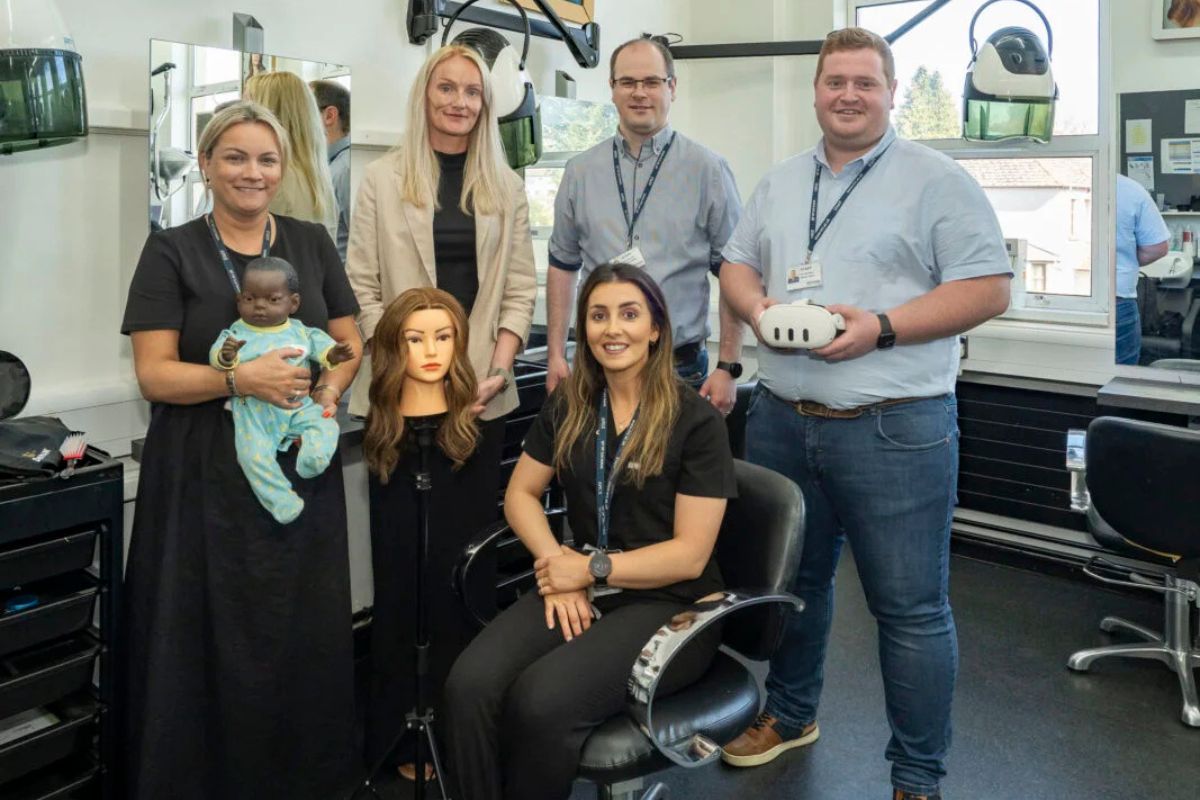How proactive tech practitioners can boost student engagement

It’s more important than ever to be engaged when it comes to rolling out new technology in HE. But to ensure they are fully utilising their edtech tools, universities need to become much more than just tech users, says Richard Gascoigne, CEO, Solutionpath.
Since the start of the pandemic, we’ve all used digital platforms we might not have tried before. But just because we know what a certain tool looks like, and we’ve tried it a few times, doesn’t necessarily mean we’re getting the most out of the technology. We must use the tool every day, we should know how it works, and we have to be clear on what we want to get out of it to call ourselves a true, proactive tech practitioner. It is these people within the HE sector that can truly capitalise on the recent edtech boom to implement long-standing change for the benefit of the university and ultimately the students.
According to the 2021 Student Academic Experience Survey, there was a lack of physical interaction, a sense of belonging and feelings of isolation were common concerns for students during the pandemic. The survey found that students were lacking a sense of personal communication, stating they’d have appreciated an individual check-in from their tutors during Covid-19.
Despite challenges facing the sector, such as digital transformation, policy change, student fees, increasingly diverse student populations and the effect of Covid, there remains great pressure on getting results.
The more you know about your student… and the more they know about you
Today’s students are looking for authenticity, transparency, and closer relationships. The more you know about your student and the more they know about you, the easier it will be to make a real connection and tailor the learner journey to their needs.
We know from empirical evidence that engagement is the best predictor of student success, and it is something that the tutor and tutee can directly impact. In recent years, we’ve seen a rapid uptake from the sector in using learning analytics data to help understand and enhance not only educational delivery, but to make information-led decisions and perhaps most importantly, provide students with insight to assist their own success. Learning analytics benefits students, teachers, and their educational institutions as a whole to a range of wellbeing, attainment and attainment disparity, and progression and retention initiatives.
We’ve been working with a university who has tracked undergraduate engagement levels to accurately identify early indicators of students at risk of withdrawing from their course and those who may be in most need of additional support. In 2021, the university also explored new methodologies to make outreach to those students with low engagement, including a phone calling campaign and the use of online forms.
Enhance the pedagogical approach
Another institution has been radically transforming the academic personal tutoring experience for both students and staff, and providing more contextualised and nuanced student support. Tutors have access to meaningful insights and increased visibility into how students interact with the various digital education tools that are made available to them, which is helping the university to understand and enhance its pedagogical approach.
The progress we are seeing within the sector is inspiring and encouraging, but much is still needed to ensure institutions continue along their student engagement journeys. A common challenge for universities is that there is a lack of visibility and understanding of students’ engagement with their course. The data itself is often siloed across systems and can be deemed hard to access, manage and interpret. When data is exposed, it is not always clear how to make the most of the data that an institution has.
From tech users to practitioners
It is by becoming that tech practitioner, somebody who uses a digital tool daily, who knows how it works, and most importantly is very clear on what they are looking to get out of it, that can lead the charge when it comes to the use of learner analytics.
Building an understanding of engagement over time will help to form intelligence to shape future decisions and allow for impact analysis on for example, what interventions are working, what resources students are more or less engaged with and the correlation between engagement and student success. And, whether there are differences in engagement between different student groups/demographics.
Learning analytics offers a critical tool for institutions to gain a better understanding of how students are progressing in the moment. Engagement data provides precision insight to initial a conversation between students and their educators. It means educators are not left in the dark and students know that the university cares about their success. With this insight, university staff and their students can easily identify areas of concern and interest and make informed interventions to maximise success.











Responses